28 Sep
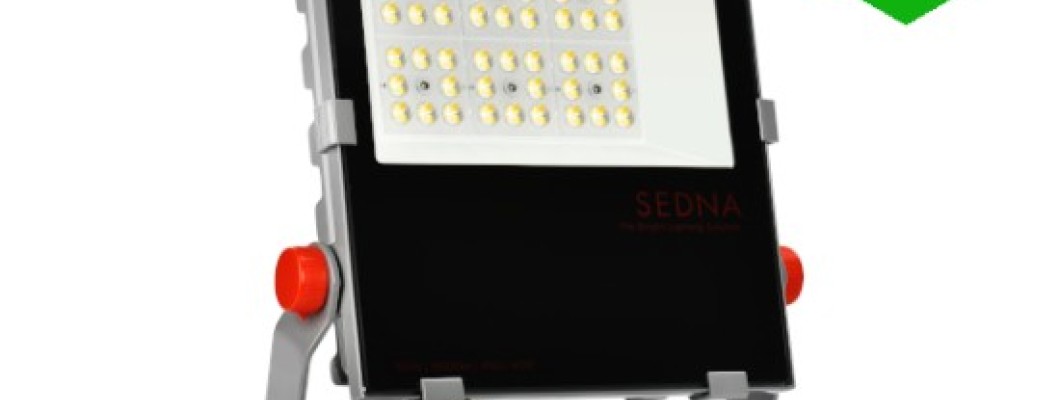

How Does an LED Flood Light Work?
Light-emitting diodes (LEDs) are the main source of light used in LED flood lights. An electrical current flows across the LED chip, causing a phenomenon known as electroluminescence to occur. This method uses less energy than conventional incandescent or halogen bulbs because it produces less heat and a higher percentage of energy converted into visible light. A common feature of LED flood lights is the arrangement of numerous LEDs in a fixture to provide a wide beam angle and uniform illumination across huge areas. Additionally, a lot of models have integrated drivers that control power input to guarantee lifetime and peak performance.
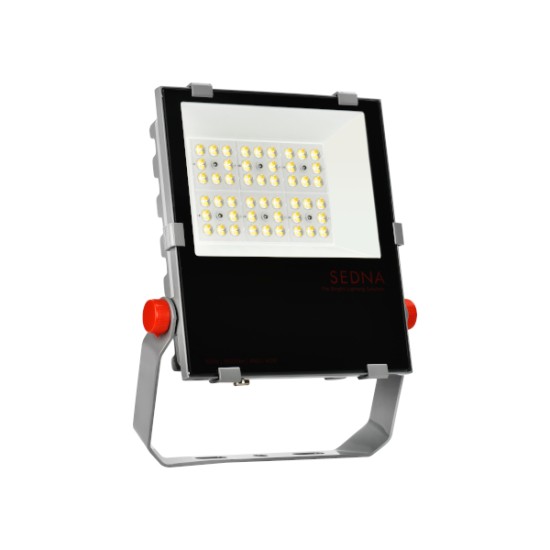
Can LED Flood Spot Lights Be Used for Landscaping?
Indeed, LED flood spot lights work really well for landscape purposes. By illuminating areas more precisely or broadly, they can accentuate the attractiveness of outdoor features, paths, and gardens. At night, visually appealing focus points can be created by highlighting architectural components, garden beds, and trees. LED flood lights can be customized with different beam angles, such as wide beams for general area lighting and narrow beams for highlighting particular features. Their extended longevity and energy efficiency also make them perfect for outdoor use, cutting down on maintenance and running expenses while maintaining the attractive lighting of landscapes.
How Bright Should an LED Flood Spot Light Be for a Car Park?
A 200W LED flood light, which usually emits between 20,000 and 25,000 lumens, gives a parking lot the brightness required for safety and visibility. In order to minimize accidents and improve security, this brightness level is essential for lighting parking spaces and walkways. The amount of extra lighting needed to provide even illumination throughout the parking lot will depend on its size. It is imperative to take into account the beam angle as well; a tighter beam concentrates light on particular places, whilst a larger beam might cover a greater area. It's important to consider any local laws pertaining to lighting requirements.

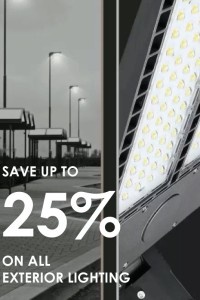
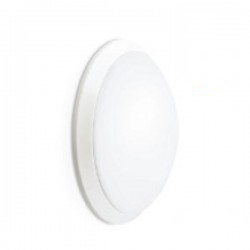
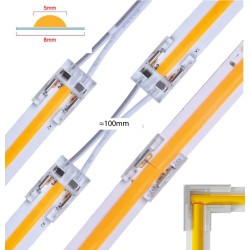
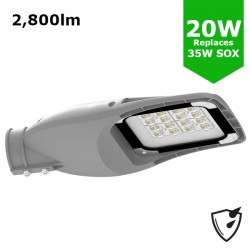
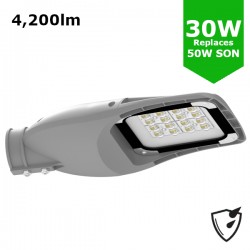
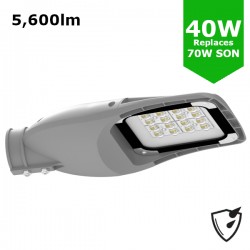
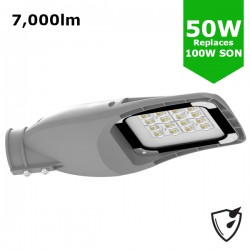
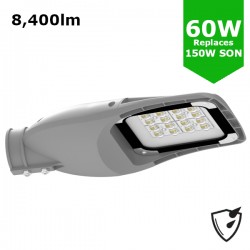
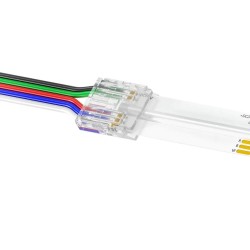

Leave a Comment